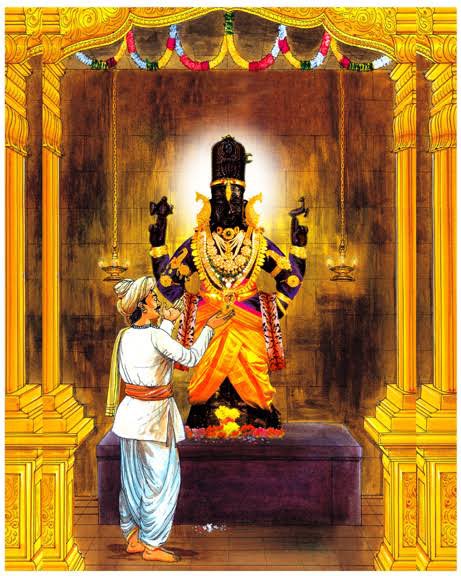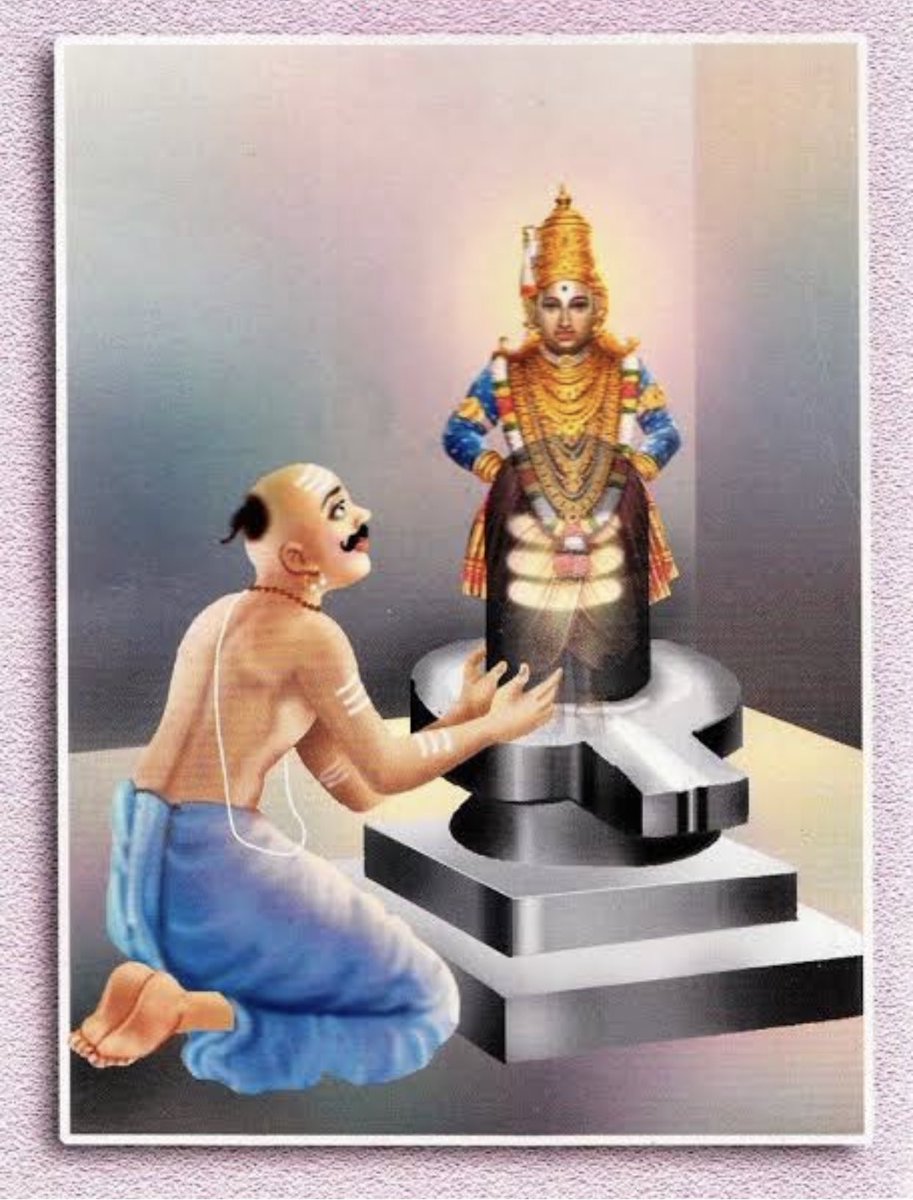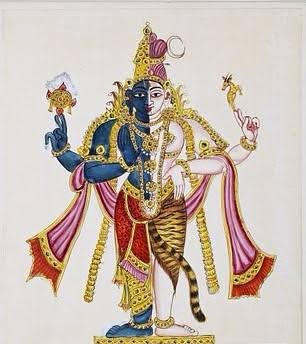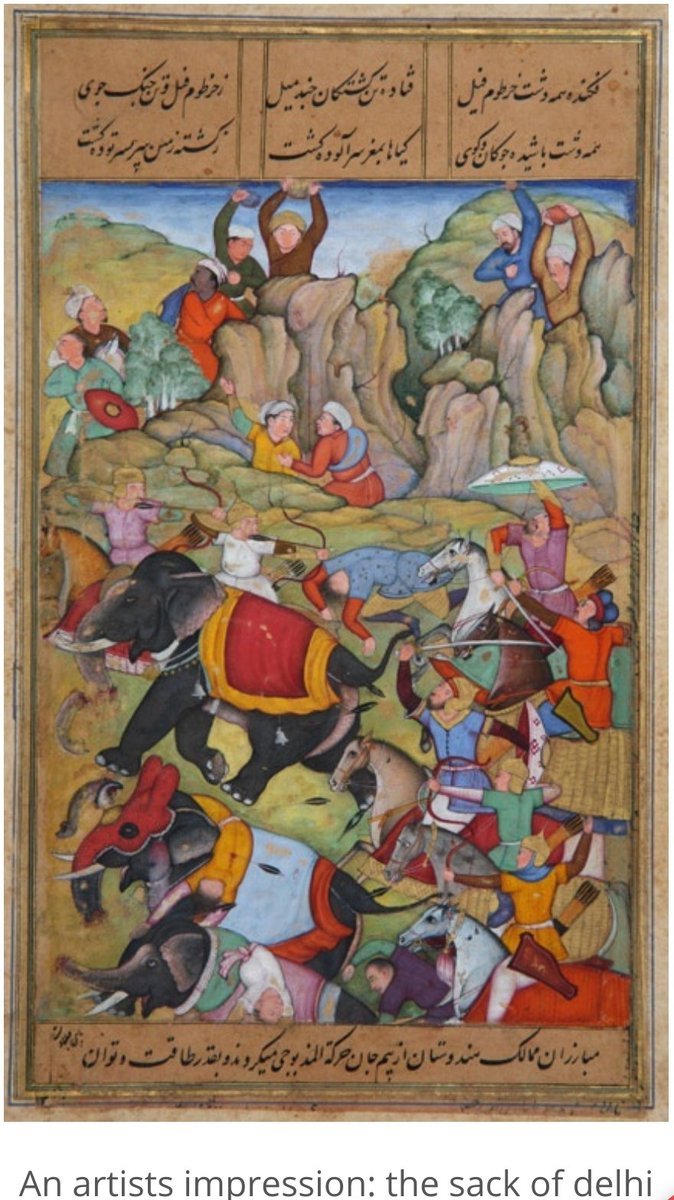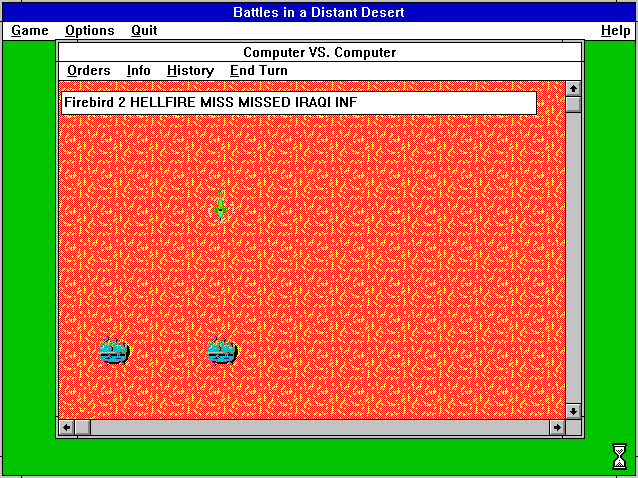It is generally believed that Sanskrit is a language like any other except that it is more complicated and dead for all purposes https://t.co/3sjsz8cikb

The tidbits of wisdom acquired while reading Samhitas- an entirely different lesson learnt every single time!
— Dr Vishakha Moghe \U0001f1ee\U0001f1f3 (@drmoghes) June 5, 2021
A language can be just so full with consciousness and wisdom!!
Wonder how on earth they call #Sanskrit a dead language?
It is both a science and an art combined in one. As a language, Sanskrit has a degree of permanence which no other language has. In olden days, when teaching
3. After Panini's grammer, Sanskrit language was so much standardized that further linguistic development was not possible. By a general consensus the world over, it is well recognized that Sanskrit literature,
For every statement, there is more than one meaning to that statement, and that give certain iridescence to the language This gives rise to prose, poetry, music, dance etc. It also leads to-a process by which imagination
The statement in the epic Mahabharata that “yadihAsti tadanyatra yannEhAsti na tat
More from WORLD OF SANATAN DHARMA
More from All
You May Also Like
"I lied about my basic beliefs in order to keep a prestigious job. Now that it will be zero-cost to me, I have a few things to say."
We know that elite institutions like the one Flier was in (partial) charge of rely on irrelevant status markers like private school education, whiteness, legacy, and ability to charm an old white guy at an interview.
Harvard's discriminatory policies are becoming increasingly well known, across the political spectrum (see, e.g., the recent lawsuit on discrimination against East Asian applications.)
It's refreshing to hear a senior administrator admits to personally opposing policies that attempt to remedy these basic flaws. These are flaws that harm his institution's ability to do cutting-edge research and to serve the public.
Harvard is being eclipsed by institutions that have different ideas about how to run a 21st Century institution. Stanford, for one; the UC system; the "public Ivys".
As a dean of a major academic institution, I could not have said this. But I will now. Requiring such statements in applications for appointments and promotions is an affront to academic freedom, and diminishes the true value of diversity, equity of inclusion by trivializing it. https://t.co/NfcI5VLODi
— Jeffrey Flier (@jflier) November 10, 2018
We know that elite institutions like the one Flier was in (partial) charge of rely on irrelevant status markers like private school education, whiteness, legacy, and ability to charm an old white guy at an interview.
Harvard's discriminatory policies are becoming increasingly well known, across the political spectrum (see, e.g., the recent lawsuit on discrimination against East Asian applications.)
It's refreshing to hear a senior administrator admits to personally opposing policies that attempt to remedy these basic flaws. These are flaws that harm his institution's ability to do cutting-edge research and to serve the public.
Harvard is being eclipsed by institutions that have different ideas about how to run a 21st Century institution. Stanford, for one; the UC system; the "public Ivys".













